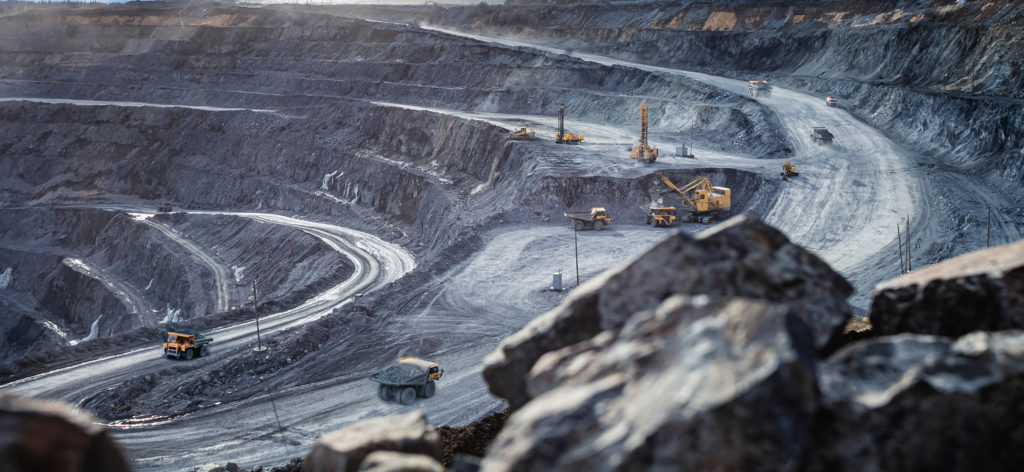No easy path to shorter permitting timelines
For every complex problem, there is an answer that is clear, simple, and wrong
While participants in the mining sector have long recognized the importance of mineral exploration and development, the mining industry is now in the midst of an image makeover because of the climate change crisis, and there is a growing opportunity to reshape the broader community’s perception of mining from being part of the “old economy” to being a key player in a sustainable future.

Anyone who has attended a recent industry event will have heard that reducing the amount of time required to permit new mines is necessary if Canada is to meet the forecasted demands for, and realize the economic benefits of supplying, the critical minerals needed for a low-carbon economy. Canadian provincial regulators have long advocated a “one-window” mine permitting process, yet the consensus in the industry is that wait times for permitting are getting longer. Despite efforts by mining regulators to improve permitting processes, at the same time, the political and legal landscapes in which they work have continually shifted beneath their feet.
Successive Canadian federal and provincial administrations have had to respond to increasing public awareness of, and sentiments regarding, the environmental risks and consequences associated with mining projects, in addition to Canada’s commitment to reconciliation with Indigenous Peoples. The result has been a significant increase in the complexity and scope of assessment processes for high-impact resource development, and an expansion of the numbers of stakeholders with standing in review processes.
Originally, mine permitting was primarily focused on the mine plan engineering, effluent limits, workplace safety, mineral rights, foreign ownership, and a narrow consideration of environmental impacts — sometimes lumped together with “social issues” and “marketing” under the general topic of “regulation.”
While the idea of subjecting a major mining project to an environmental impact assessment (EIA) goes back at least as far as the Trail smelter investigation of the 1930s, and the term “environmental impact assessment” had been used in Canada since the 1970s, the coming into force of the Canadian Environmental Assessment Act, 1992 (CEAA 1992) in 1995 represented the first statutory basis for environmental assessments in Canada, and added significant new burdens to proponents of major mineral projects. In British Columbia, which was the mining jurisdiction most heavily impacted by CEAA 1992, this coincided with the introduction of the province’s Environmental Assessment Act, establishing new requirements for the environmental assessment of mineral projects exceeding designated thresholds and, shortly thereafter, other statutory and regulatory amendments to increase the regulation of, and liability for, contaminated sites.
The combination of federal and provincial legislation mandating mineral project EIAs was much more than a duplication of traditional environmental regulation; the year 1995 marked a significant expansion of open-ended project assessments aspiring to achieve a holistic understanding of all potential environmental, social, and economic impacts.
Compared to processes confined to considerations of basic regulatory compliance and proximate environmental impacts, project assessments that factor in broader social, ethical, cultural, and economic impacts introduce a host of additional variables and stakeholders, each with their own interests, perspectives, and potential impacts. This increased complexity has meant longer permitting timelines. By implication, the present challenge to reduce current permitting timelines by 50% or more will involve difficult, and potentially controversial, governmental decisions that go well beyond streamlining and reducing duplication in certain regulations.
If the goal is simply to shorten assessment timelines, recent changes to both the federal and provincial EIA statutory regimes have us headed in the wrong direction. By introducing new complexity, they risk even longer permitting processes. Might we, for example, roll back amendments that provide Indigenous Peoples with an increased role in permitting processes that impact their lands and communities? Such a myopic approach is not tenable.
The increased breadth and depth of major project reviews has been driven and welcomed by a Canadian public that is increasingly aware of environmental risks and seeking social justice outcomes. Such considerations are important to most Canadians because they carry not only legal but also social and ethical elements. Rarely will they be addressed effectively without major investments in time, engagement, patience, and education on all sides of the table.
Mining industry proponents must continually increase their efforts to engage with and inform the public about the mining industry’s importance to the wellbeing of all Canadians. There will be opportunities to achieve greater efficiency in environmental assessment processes, but in the increasingly complex regulatory environment, the “wins” will not come easily, and reducing the 12- to 15-year process down to five years — an objective recently declared by Canada’s minister of natural resources, Jonathan Wilkinson — is ambitious.
David Hunter is a partner in Dentons Canada LLP’s corporate group.
The author would like to thank Robin Longe and Mary Su for their contributions to this article.
Comments